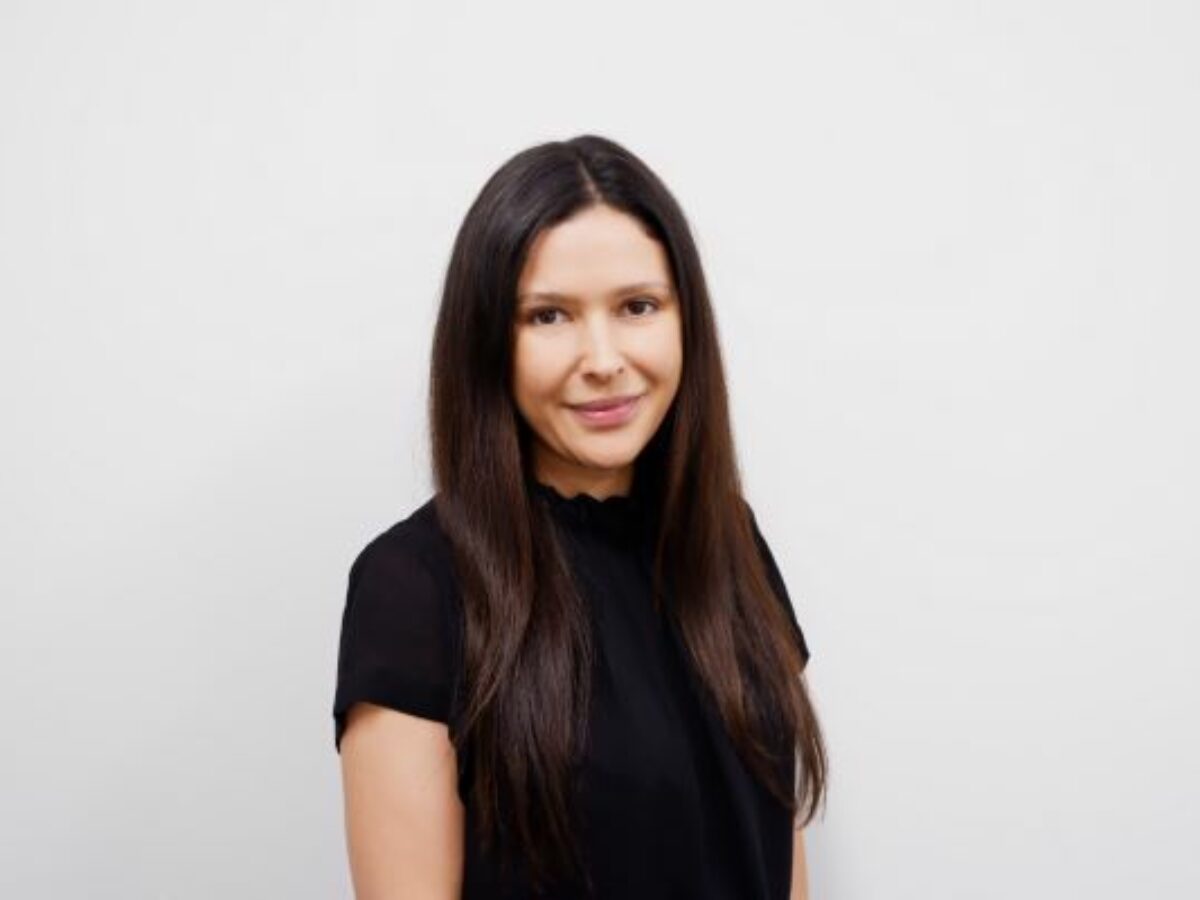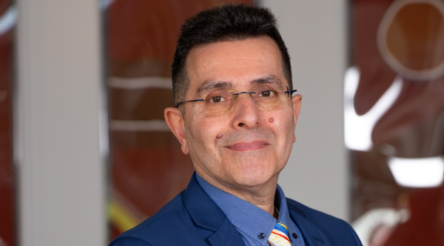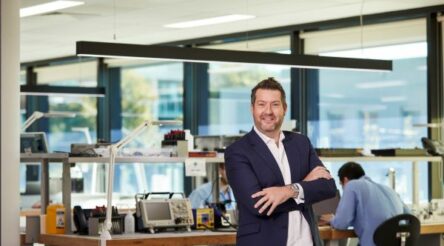Towards 3% R&D – continuous improvement in manufacturing by Serena Ross

Today in our editorial series – Towards 3% R&D – Turbocharging Australia’s Innovation Effort – Serena Ross contrasts innovation to be new to the world, and continuous improvement – the lifeblood of her company, Circuitwise Electronics.
Australia’s innovation effort can be improved by a greater focus on ‘ordinary’ innovation. In contrast to deep-tech or R&D-focused innovation, greater benefits can be achieved from the kind of innovation that arises from continual improvement of ordinary business processes, including manufacturing.
At Circuitwise, we live and breathe innovation in the delivery of our core business of contract electronics manufacturing. However, we do not apply for the ATO’s R&D tax concession because our kind of innovation arises from a focus on organisational culture rather than formal experimentation.
Put simply, our approach is to encourage people to identify what is slowing down production, think of ways to improve the process, then empower them to enact the changes they want to see.
The case for focusing on more ordinary innovation is set out in the Productivity Commission’s most recent 5-year inquiry into Advancing Australia’s Prosperity.
The report recommends turning the focus of innovation policy away from advanced technologies and instead focus on diffusing existing technologies across the 98 percent of poorly performing sectors that are a growing drag on Australia’s productivity.
The issue with deep-tech style innovation is that it aims to deliver innovation into sectors and processes that are already among the most innovative and productive in our economy.
In our industry sector, the majority of contract electronics manufacturers think innovation is about purchasing the latest state-of-the-art, high-speed pick-and-place machines for surface mount technology, and associated equipment such as advanced reflow ovens.
Such machines are important for improving output quality but they do not generally deliver significant productivity gains – these machines only improve what is already the fastest and most efficient part of the production line. While Circuitwise certainly invests in state-of-the-art equipment, our innovation focus takes a different approach.
@AuManufacturing will publish contributions from readers for our series – Towards 3% R&D – turbocharging our national innovation effort – for the next month and in an e-Book, and we urge you to contribute. Call Peter Roberts, 0419 140679 or write to [email protected].
Four years ago, we undertook a cultural change programme that empowered the leadership team to drive change in their areas of responsibility, around customer relations, operations, procurement and supply chain for example. Each leader was asked to cascade the empowerment ethos down to their team members.
The stated goal of our innovation programme is to increase throughput using the same number of team members. The key to the programme is measurement of the average time taken to execute every single task in the production process, broken down to a high level of detail. The adage of ‘if you can’t measure it, you can’t manage it’ applies.
When an operator commences a task by accepting it on their personalised tablet, the system automatically starts recording the time. If the task takes longer than expected, the team member can enter details as to the cause of the delay and ideas on how to change the process or prevent the issue from occurring again.
The engineering team will then examine the causes and brainstorm ideas on how to improve the process. Solutions range from changes to the procedure, training, software changes or implementation of technological aids. Circuitwise’s ISO 13485 quality management system ensures verification and validation of all changes.
This innovation strategy is working, with the company’s revenue tripling in the past four years while maintaining the same size of team.
The organisational culture has developed to the point where all team members are constantly making suggestions – we are enacting on average three changes to our processes and procedures every week.
Innovation at Circuitwise
A good example of innovation by continual improvement is our inward goods inspection process, which employed two people four years ago and still does today. However, over that time we have been able to triple throughput due to an innovation we call Vision Box, that automates the verification process.
Vision Box scans the delivery docket for an item and software extracts all the necessary information our inventory management system requires. The system then checks the information against what was expected and if there is any discrepancy, the engineering team has to check the product to ensure the item is exactly what was ordered.
This change relieves the need for manual inspection and verification, which is vulnerable to error and labour intensive.
Another example is a custom component storage system, with mobile shelving units featuring adjustable individual component bays which light up to guide the operator to the location of the component.
This storage system allows rapid ‘kitting’ whereby an operator typically locates dozens of components required for a manufacturing run.
This single innovation reduced kitting times from approximately eight hours to about 30 minutes.
There have been other benefits as well. Four years ago, approximately 25 percent of the factory floorspace was dedicated to storage with fixed locations for each type of component, regardless of if it was empty or needed in the near future.
Now, the floor space required for storage has reduced to approximately five percent.
These are the sort of large and small innovations that can increase productivity.
If Australia wants a truly competitive manufacturing section, it needs to shift the emphasis of its innovation focus from ‘new to the world’ to ‘make the ordinary extraordinary’.
Serena Ross is the CEO of Circuitwise Electronics, a contract manufacturer of advanced electronic products servicing high reliability industries including medtech, aerospace, mining and defence. Serena has extensive experience in electronics manufacturing having worked in the industry for over 20 years and is a champion for sovereign capability.
Picture: Serena Ross
Further reading:
Towards 3% R&D – Boosting industry and research collaboration, by Dr Tony Peacock
Towards 3% R&D – The Statistics Do Not Lie By Dr John Howard
Towards 3% R&D – the role of industry policy by Roy Green
This series is brought to you through the support of our principal sponsor, public accounting, tax, consulting and business advisory BDO, and R&D tax incentive consultancy Michael Johnson Associates.
@aumanufacturing Sections
Analysis and Commentary Awards Defence Manufacturing News Podcast Technology Videos












